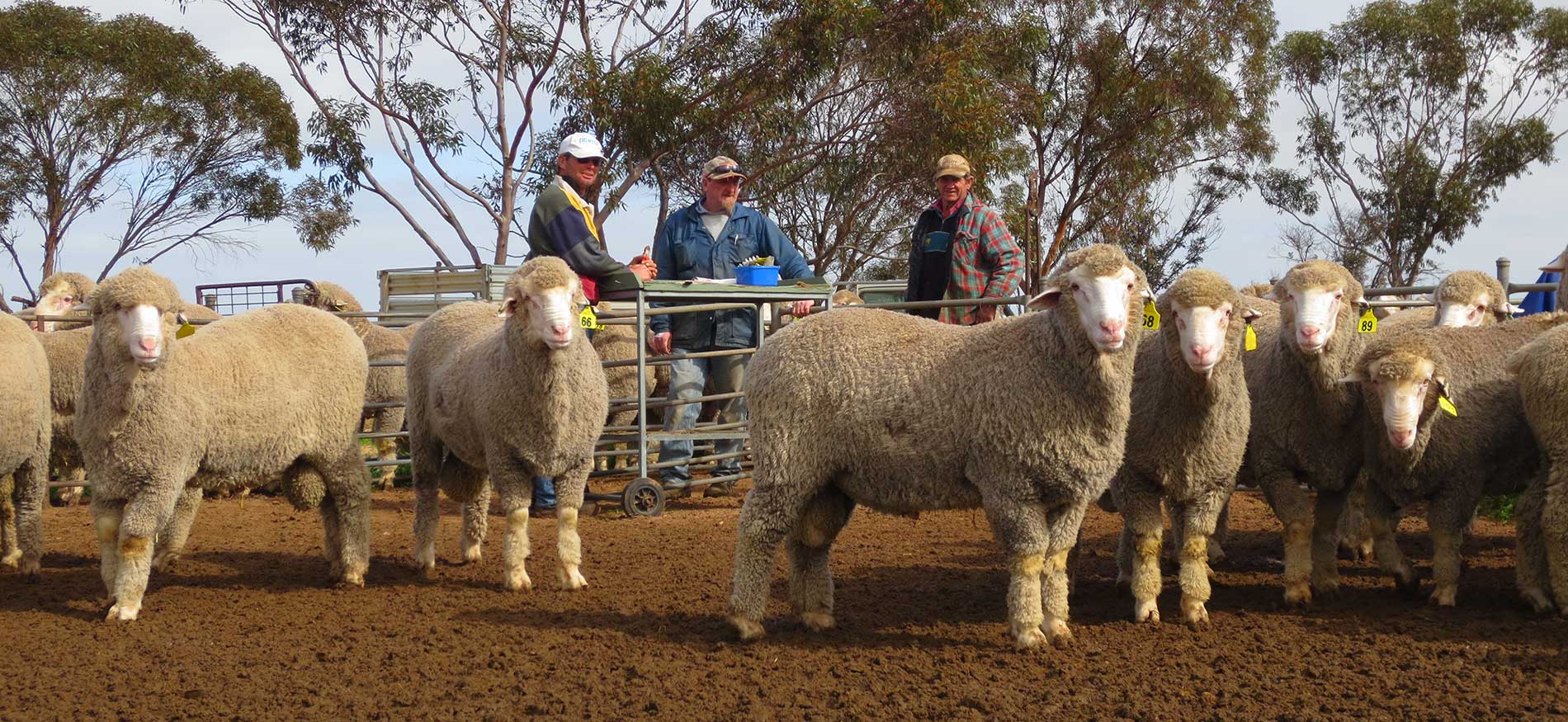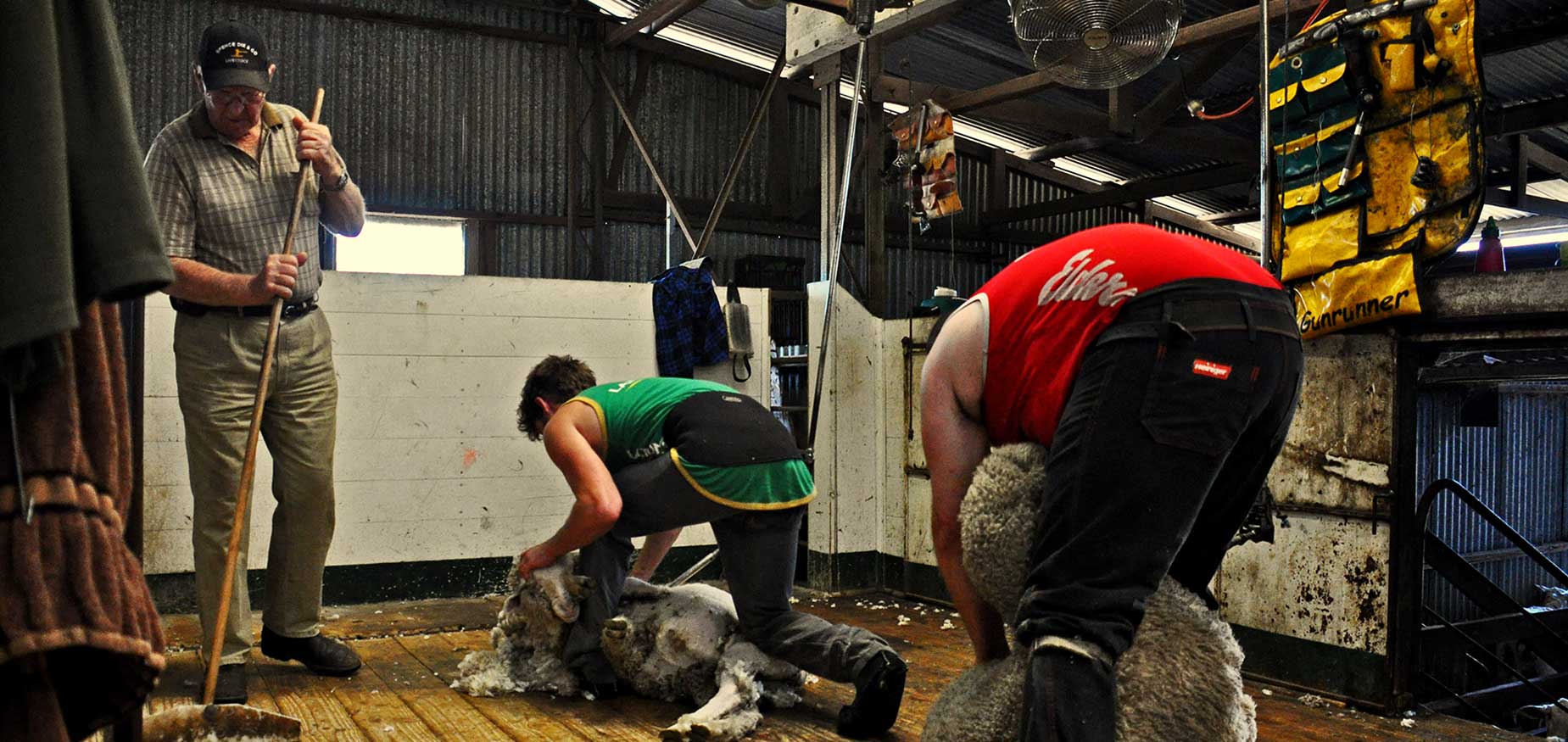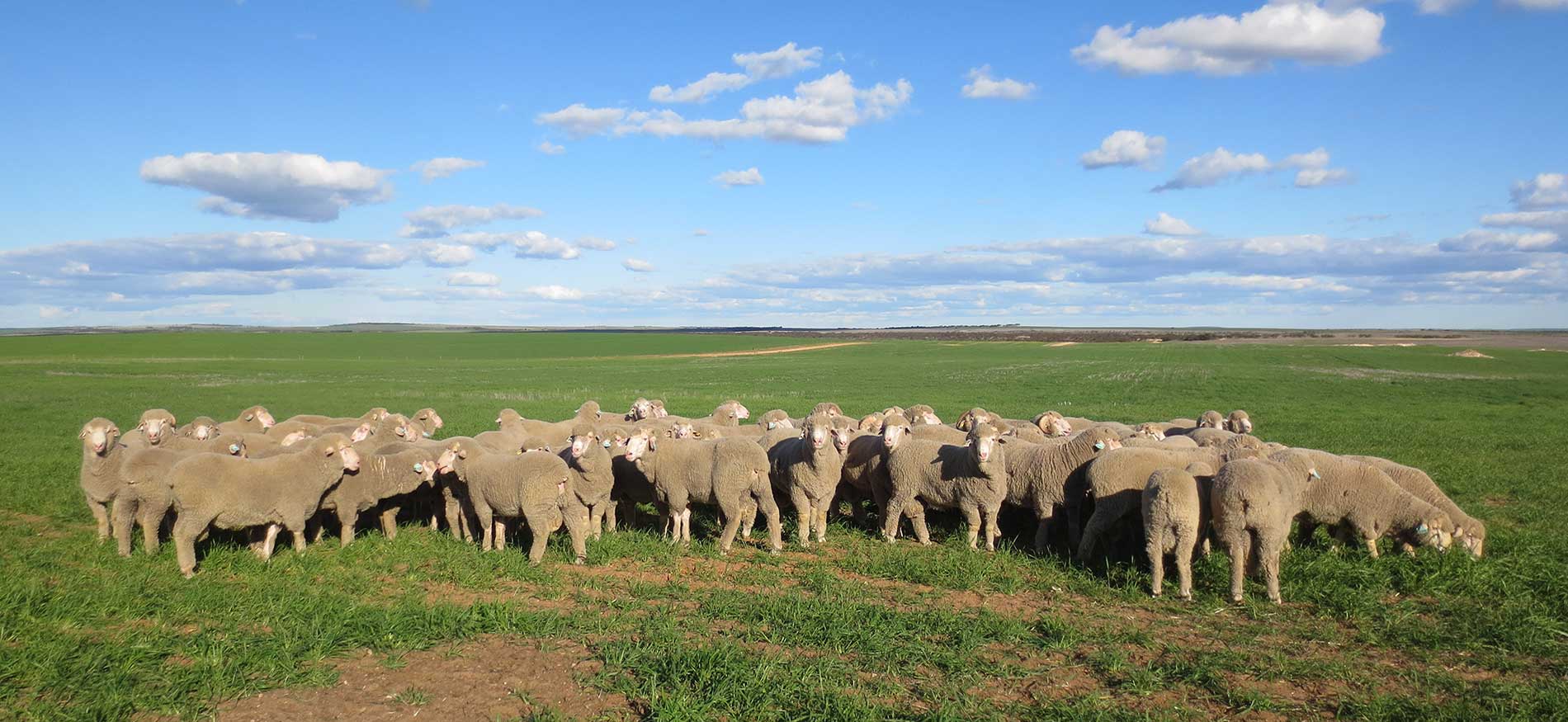Stock Journal Feature - May 2025
Author: Dr Colin Trengove, Pro Ag Consulting
Containment feeding has never been more popular than over the last 12 months due to the statewide lack of paddock feed. Supplementary feeding livestock in containment during dry times is a key strategy in sustainable land management but comes with increased disease risks.
Dense stocking for prolonged periods predisposes livestock to several infectious diseases such as pink eye, abortion, pneumonia, and sudden death due to enterotoxaemia; nutritional diseases including vitamin A, B1, and E deficiency, acidosis (grain overload), pregnancy toxaemia, and milk fever; and parasitic diseases such as scour worms and coccidiosis.
Pink eye can occur at any time, but prevalence increases with abundant flies and dust combined with lowered immunity. Animals can be treated with antibiotics, but affected livestock need to be treated individually to prevent permanent damage to the cornea. Most animals will recover, but healing is much quicker when treatment with pink eye ointment or a long-acting tetracycline injection into muscle as well as an eye patch if the eye(s) is severely inflamed. Oxytetracycline is also available as an aerosol spray but is not preferred as it needs to be applied repeatedly to cure the infection.
High stock density increases the risk of abortion due mainly to Campylobacter, Listeria, or Toxoplasma infections in the last 6 weeks of pregnancy. Campyvax R) is available to prevent Campylobacter infection, but Listeria is only prevented by avoiding feeding hay, silage or rotting feed contaminated by Listeria spores, and Toxoplasma by avoiding exposure to cat faeces. Ideally ewes are released back into the paddock well before lambing to minimise these disease risks.
Pneumonia is an increasing risk to sheep of all ages and breeds. The primary infection is Mycoplasma that survives in the nasal passage of ewes and spread to the lamb soon after birth. This can cause coughing and rectal prolapse – especially in lambs. Secondary infections with Pasteurella and Mannheimia cause more severe coughing, weight loss and sometimes death. Antibiotics are effective in treating pneumonia and flock-specific vaccines can prevent it.
Enterotoxaemia (pulpy kidney) is an ever-present risk to livestock of all ages so vaccination at marking and weaning is routinely recommended. Further doses annually and other stress periods is always advised as high-density grazing increases the chance of Clostridial bacteria causing sudden death.
Lack of green feed for more than three months leads to vitamin A and E deficiency predisposing to lowered immunity, lameness, Illthrift and diseases already mentioned. It can be provided in mineral supplements, or more reliably as a six-weekly injection.
Vitamin B1 or thiamine deficiency can occur during grain, hay or paddock feeding due to enzymes in the rumen inhibiting uptake and causing PEM or polio more commonly referred to as “star gazing”. Individual sheep will stand off alone with their head held sky-ward due to brain injury caused by the lack of thiamine. This can be treated successfully if they are mildly affected but usually die once recumbent (laying down).
Acidosis from eating too much grain as well as shy feeders not eating grain are common causes of poor performance or death, mostly during the first month of grain feeding. Vigilance is critical to ensure sheep are introduced to grain steadily over three weeks to minimise the risk of grain overload. Similarly shy feeders need to be identified early and removed from containment before suffering significant weigh loss. A balanced diet with ad lib hay or straw and adequate trough space is critical to minimising these husbandry diseases.
Pregnancy toxaemia (twin lamb disease) is prevented by ensuring ewes with more than one foetus are identified by scanning and given sufficient grain to meet their needs – especially in the last six weeks or pregnancy. All pregnant ewes need ad lib access to calcium (stock lime) from mid pregnancy onwards to prevent milk fever (hypocalcaemia). This is either provided mixed with salt or in commercial mineral mixes.
Ewes require a broad-spectrum (at least 2-3 active chemicals) worm drench to minimise the risk of scours and weight loss during containment feeding. Worm burdens can be acquired even on bare ground and are a greater risk with high-density stocking. Similarly, Coccidia present in the gut can cause black scours in young animals under stress and with poor immunity.
The other nutritional factor often overlooked is access to clean fresh water. Troughs need to be cleaned frequently, and sufficient water pressure maintained to ensure it is not limiting good health.





